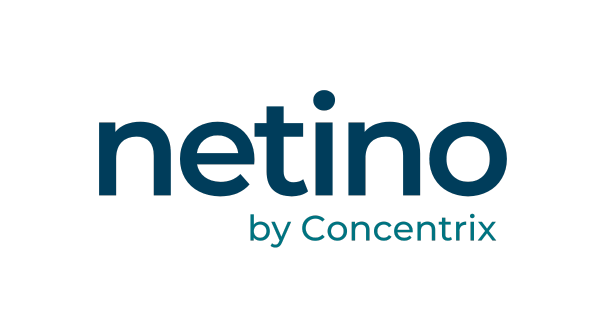Associations: our advice for gaining visibility on Facebook
Facebook still dominates the world of social media with 2.85 billion monthly active users worldwide. While those under 24 are increasingly turning away from the social network, there are still 40 million users in France. Despite Facebook’s current reputation crisis following whistleblower Frances Haugen’s revelations, the social network remains an essential element for visibility on the internet and getting known. With the health crisis, repeated lockdowns, it is not easy for an association to gain visibility, mobilize and recruit new members and collect donations, but it is still possible to achieve these goals through digital and social networks. So what trends should be closely monitored for your association’s communication in 2021? Here are our first tips.
| Create an Association Page and not a Profile
Being visible to everyone, even without a Facebook account, the creation of your Facebook page for your association already constitutes a first vector of external communication, which can be easily found via a search engine. The page creation will be done from a “user” profile that will become the “administrator” of the association’s page. It is then possible to recruit other administrators, editors, and even a team of moderators. All of these actors are also page administrators since they can interact with your community.
It is possible to add a group functionality, one or several private groups. The goal is to be able to bring people together in order to facilitate exchanges, for example. (Example: for the organization of “Maraudes” missions, the association Les Petites Victoires du Quotidien sets up different private groups in order to know the motivated volunteers for the mission, those who will not be able to come. There is also a plan to set up groups so that information during a humanitarian mission is well disseminated to all participating volunteers.)

It is important to remember that Facebook’s algorithm has evolved in recent years, so it is important to know that the effectiveness of your associative communication has changed on the social network. Indeed, publications from pages have been pushed aside in favor of promoting publications from profiles. To counteract this trend, the easiest way was to sponsor page publications to ensure that their communications were well disseminated. However, we advise you not to publish your information from a profile but from your Association page. First, because profiles are reserved for individuals (Facebook relentlessly tracks fake profiles), but also because if the person who manages the publications from their profile leaves the association, there is nothing left.
| Customizing the page
Let’s start with the beginning. It is important when creating your association page to think about a username, which will allow users to “find” you via Facebook’s search engine. For example, the association Les Petites Victoires du Quotidien uses the username @lespetitesvic.association, which allows for better search engine optimization.
Visuals are also important, users should be able to understand at a glance what the association does. The banner photo and cover photo are the first elements your future subscribers will see, so make them want to join! For example, a photo of your members in action!
In order to make your page more dynamic, it is important to fill in all the information about your association and keep it up to date. To prevent information from being drowned out by all of your future publications, you can highlight certain tabs when they appear relevant to your associative activity. For example, you can boost the “Event” tab or the “Groups” tab.
| Publications
In order to make the publications of your association’s page more impactful, we recommend carefully considering your editorial line, frequency of publication, and the topics you will address. At the beginning, there is a tendency to publish on many disparate topics and some posts from your volunteers may not even fall within the scope of your association’s mission. That’s why a clear editorial line should be planned in advance, and all members of the association’s page should stick to it to harmonize and standardize your communication with your community (who are you addressing, what message are you conveying, what tone is used, which publications are more effective, etc.).
It’s important to ensure consistency in the presentation of your publications. Use emojis, organize with brackets, for example [AG], [Volunteers], [News]. Write rather short texts, maximum 150 characters, and don’t hesitate to tag volunteers or people. You can also add a geographical location to your posts to indicate the places where your missions take place, for example.
N'hésitez pas à partager cet article !
"Associations: our advice for gaining visibility on Facebook"

